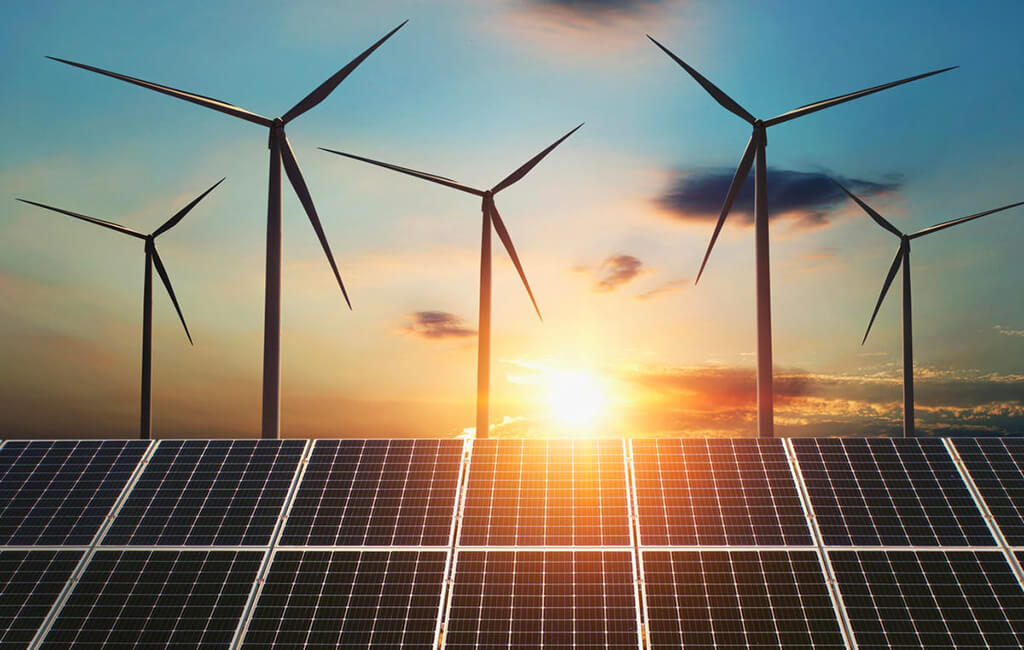


Solar powered systems are an excellent source of energy and have provided the Australian population with an excellent alternative to traditional sources of power that are heavily dependent on non-renewable resources like fossil fuels.
As you make the decision to go solar there are some important things to keep in mind. Ensuring that your roof is suitable for solar and has the appropriate conditions to support maximised solar production are some of the most crucial factors to consider when making the decision to get a solar powered system installed. The size and the geographical direction your roof faces plays a very important role in determining whether or not it is worth getting solar for your property or not.
As a rule of thumb, as long as there is no shade from surrounding trees or homes/buildings next to your property, the solar panels that you install on your roof will function optimally. Solar panels ideally require direct sunlight with no obstruction or diffusion of this sunlight caused by shade from trees or other tall building, etc. However, if there are factors affecting solar production there are ways to help ensure that you are still able to maximise production in spite of all the setbacks that shading can cause.
Solar panels installed on the roof catch sunlight and convert it into DC (direct current) electricity, and the inverter in turn converts the DC electricity into “grid and appliance compatible” AC (alternating current) electricity which can then be used to power your home or business and relieve you from depending on the grid for all your energy needs.
Here are some of the strategies that you can adopt in case your home is situated in such a location that is affected by shade to help you provide an efficiently functioning solar powered system. Although the performance and therefore the return on investment (ROI) from a solar power system can be severely affected by shading – especially shading that occurs regularly due to an object like a tree or a high story building next to the property that casts a shadow at the same time every day as the sun passes through the sky – there are a number of ways to help lower these effects. It is crucial to consider all times of the day and for all seasons of the year when working out whether some nearby object might cast a shadow onto your roof through a software like Near maps which provides a timeline of how the roof get affected at various times of the day and year with objects around it.
As advancements have been made in the solar world, there are technologies developed by the solar industry to help combat the power loss that receiving partial sunlight can cause. As long as the shading on your roof is not extensive and if your roof only gets partial shade from trees around your roof and you do not have the option to cut off those trees, then microinverters or power optimisers might be the right option for you. These devices get around the problem of partial shading by eliminating the need for or importance of strings in the first place. Both microinverters and power optimisers essentially allow every single solar panel in a system to operate independently and individually, so that the overall system’s energy production is not disproportionately affected by just one or two shaded panels.
The only drawback to these technologies is that they tend to be a bit more expensive than a system with a standard string inverter. It is therefore not recommended to install microinverters or optimisers if your roof get optimal sunlight and there are no issues with shading.
There are several advantages of installing micro-inverters in place of string inverters. A micro inverter is a very small inverter designed to be attached to each individual solar panel. This is much different to common string solar inverters which are usually located on a wall some distance from the string of solar panels and connected via DC cable. In string inverter systems, DC power from the string of the panels is then converted to AC at the inverter. Since micro Inverters are attached to every solar panel, each panel works independently from the rest of the solar array and DC power is converted to AC immediately on the roof.
1. No single point of failure
2. Not limited by string voltages
3. Easily expanded with different or newer panels
Get in touch with our solar experts at One Solar to help you find the right system for your home.